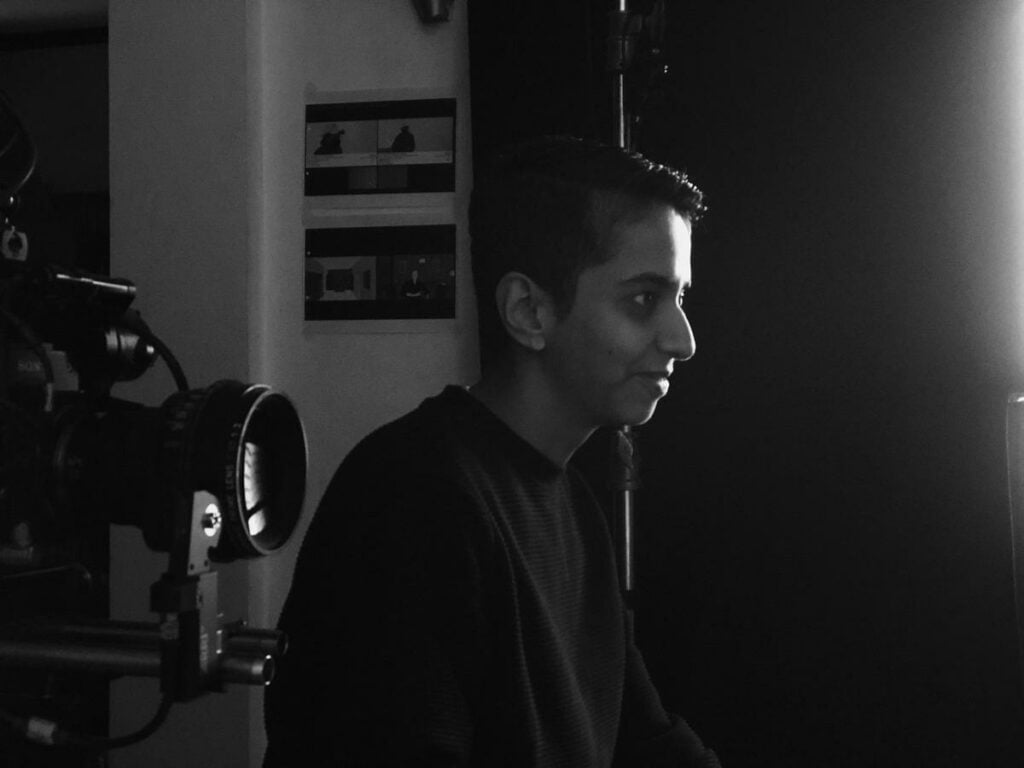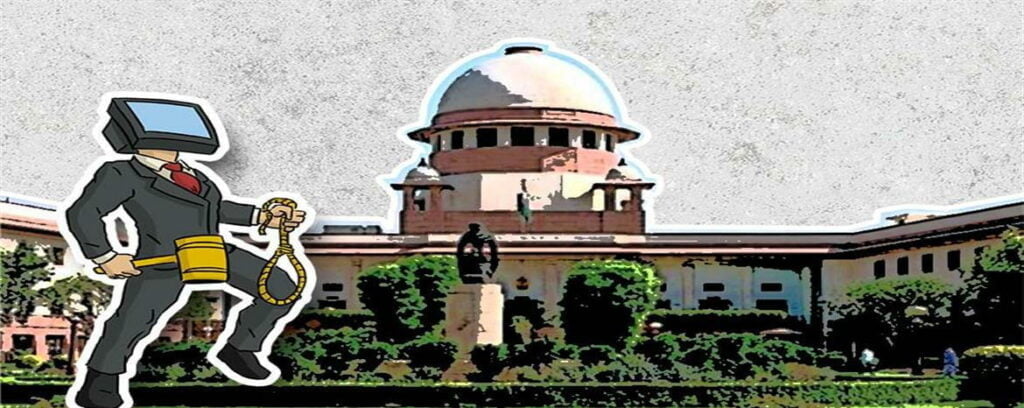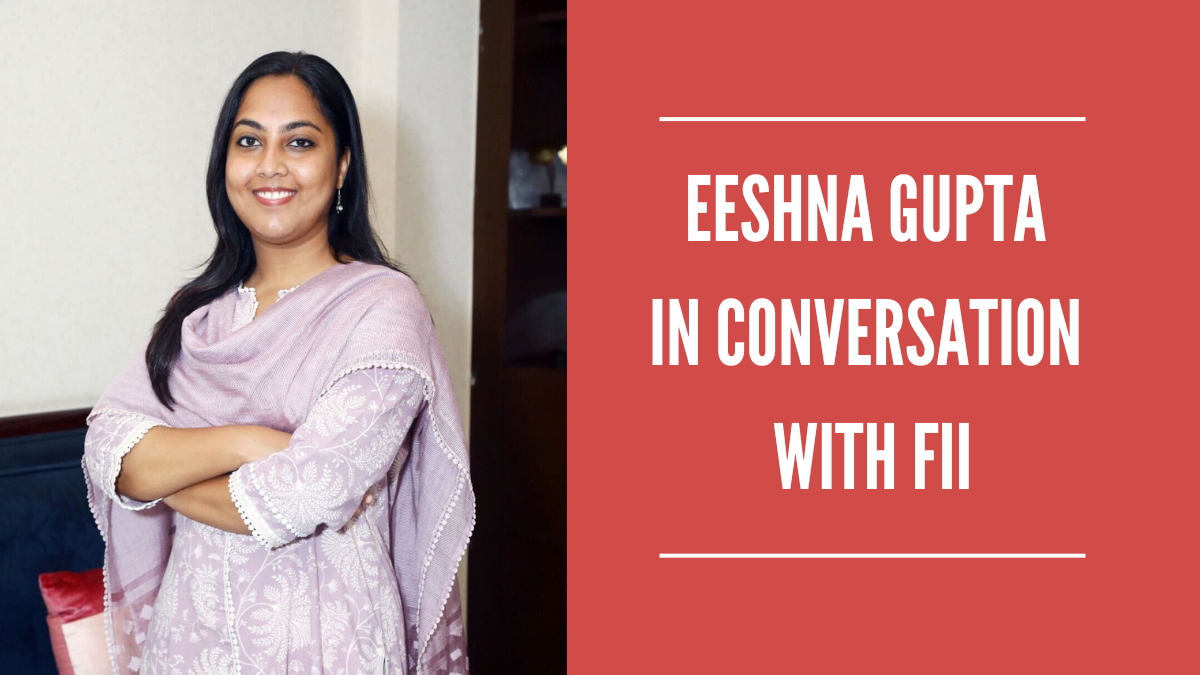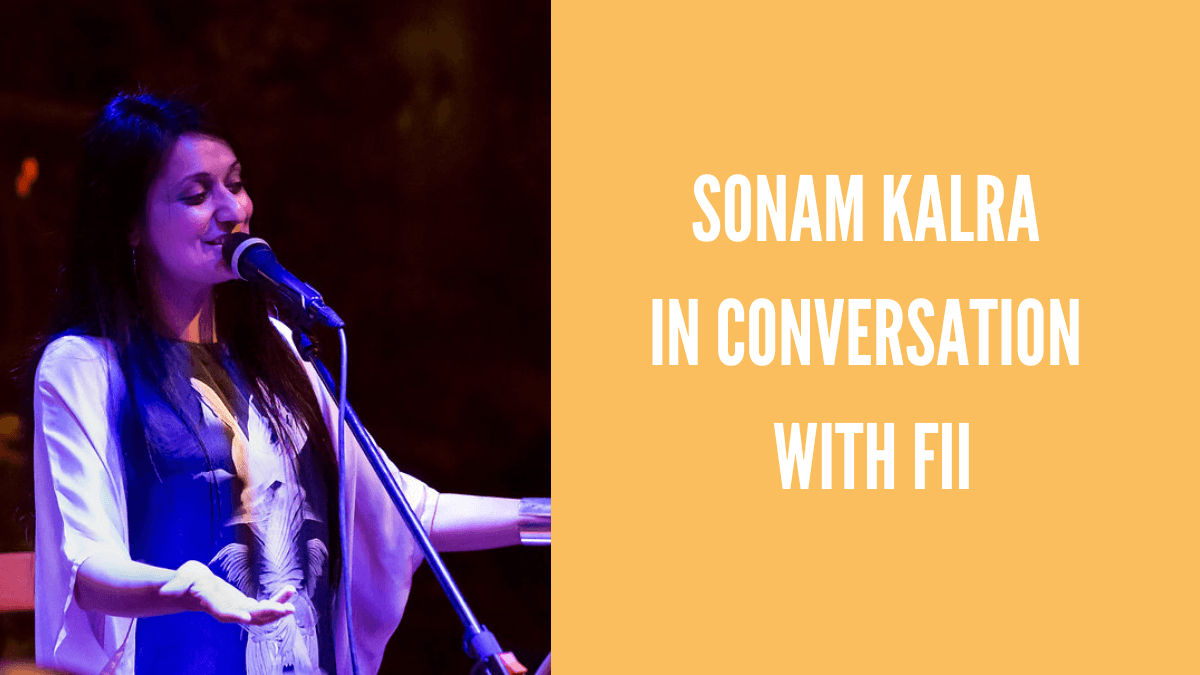Ayesha Sood is a Delhi-based filmmaker best known for her Indian true crime series ‘Indian Predator: The Butcher of Delhi’, which is currently streaming on Netflix. She has been working as a filmmaker for over a decade. Indian Predator is a true crime web series about serial killer Chandrakant Jha and the invisible life he lived. The series is split into three parts that examine the motivations behind the heinous murders, the murderer’s psychology, and, most interestingly, the difficult and tedious police investigation. Ayesha is currently working on a new project that is centered on the LGBTQIA+ community.
Ayesha Sood in conversation with FII reflects on the making of Indian Predator: The Butcher of Delhi, increasing violence in the country and the prejudices that LGBTQIA+ community face.

FII: What was the reasoning behind choosing this specific incident from history; these cases that occurred a long time ago? How did you become interested in this topic?
Ayesha Sood: Actually the thing is that the pool of stories that we were going to build out for Indian Predator were presented to me by Vice, this is a Vice and Netflix sort of umbrella series, right? So there were a bunch of stories. Among them was Chandrakant Jha’s story. Now the peculiar situation is that in India, you can’t really make stories that are still being investigated or still currently in the courts. So they have to be outside the court system. They have to be not subjudice by that nature only; there’s a law basically you cannot broadcast anything, which is not outside the news cycle, as a documentary, or even a fiction story.
The thing that interested me in this story is that it is such a brutal and audacious crime in the center of the capital of the country, and nobody had heard about it. So that is what was very fascinating for me, because we make a big hoo ha about all sorts of other crimes. And that’s because it’s about people like us. But jahan yeh Chandrakant tha and because he was killing people who were migrant labourers, unknown, unseen, invisible people, nobody I know has ever heard of this guy that I’ve spoken to.
FII: So this actually brings me to a question as in how do you make that boundary between like, you know, these people are from, as you said, labour class. And when we see them from a privileged lens, we end up thinking that ‘yeh tou karte hi hongey crimes’, (they do commit crimes). And most of the people he murdered, they were also from the working class. So how do you maintain the idea that it’s not a class thing?
Ayesha Sood: My starting point was that it is not a class thing. There are social reasons, there are maybe familial reasons, societal reasons that make a killer, right. So if you see episode two and episode three, the intent is to unravel those things, particularly. There is no dearth of the kinds of crimes committed by rich people. In fact, probably, like, much more commonly read about or heard about, right. The thing with this story is that, for me, it is like to understand that we live in a very violent country, we have very violent familial systems, domestic situations. Violence is very normalized.
“So when you look at stories of serial killers across the world, they all root them in some kind of social trauma, because you know, someone’s father has come back from war, someone had a very bad domestic situation, whatever it is, there’s a cycle of violence, we have not even begun to understand violence in our country. You know, we think we’re quite a peace loving, easy nation, philosophical, whereas if you look at the real situation in the world, we are not actually we are actually quite violent.”
Ayesha sood

FII: Chandrakant Jha, a serial killer, was depicted in a humane manner, demonstrating the importance of learning more about human psychology. Though we humans have a tendency to distance ourselves from crime and criminals, viewing them as individuals who are separate from us and society. How do you maintain the line between glorification of the perpetrator and simply telling his side of the story as a right?
Ayesha Sood: For me, glorification happens when you are trying to say that this guy’s the hero of my story, and what he does is heroic. In no way is what Chandrakant Jha is doing heroic.It is, in fact demonic.The purpose of the documentary is to also understand why he does these things., and who he is now? Coming to the point of getting his side of the story. We made many attempts, but again, because of Indian laws, we cannot record him in jail. Like there’s a blanket ban about being able to record anybody who’s in Tihar jail after that BBC documentary that happened, uskey upar , we could not we try to contact his brother and his nephew. His family wants to have nothing to do with him. They have buried the story, they don’t want to be known as his family members, it is so gruesome and horrible that nobody even wants to touch the story.
But I think glorification is when you have Shahid Kapoor playing some misogynistic hero. And then that is glorification. Right? Because when you have young men who are influenced by that.
FII: For the first time, we saw the faces of one of the victims’ families and people from Chandrakant’s village speaking in the documentary. How simple or difficult was it to ask them to speak in front of a camera about an incident in their lives that they would prefer to forget?
Ayesha Sood: First is that we had a strong and amazing research team. And they found Bharti and Vijay and other village people. All credit is to them, because of the kind of legwork and the relationships that they build. Because what we were clearly able to do with telling the story is go beyond even the work that the police did, you know? Was it easy? No, it’s not that easy. Because as you mentioned, a lot of people don’t want to talk about it. They want to forget it. And another thing is that the police themselves like if you look at the victims, some of the victims’ names are not known. So forget family. Like they are just unidentified bodies.
We were very lucky that we got Bharti on camera. I mean, like as, as tough as the process of getting her was on camera. She was quite okay to speak to us because their lives are so tough that she wants to get on with it. She is like she was treated badly by the police. They were not given any information. She did not know for the longest time what had happened to her husband, where is he?

FII: And how do you deal with the stress and mental pressure that such sensitive subjects end up causing?
Ayesha Sood: I mean, it’s tough because obviously you have heavy days and very heavy moments and that only you and the crew understand because it’s very hard to even explain somebody like you know, whether it’s your partner or friends ki, what is it that you’re going through, because at that time you’re going through it, you actually are discovering the information that is not even processed and laid out like a timeline. And then the other part is, when you you know, you cut it together, and you put music to it, and you make a like a narrative out of it.
So I think there are different varying ranges of it ; of how you process that information. It took about two years to make. So you know by the time you have seen it I’m already done with it. You know what I mean? It’s been two years for me. And, but I mean, I definitely have a deep curiosity for this kind of thing, which is why I want to do it.
FII: According to the police in the documentary, there were murders, a murderer, and a confession but no evidence. This striking similarity exists in the recent case Shraddha Walkar’s murder case that occurred in Delhi. Can you draw any parallels between the two?
Ayesha Sood: No, I mean I have not read that much about it, because I am keeping away from gory crime right now. This guy (Chandrakant) is preying on invisible men to make a point as a serial killer. Why is he killing and what is he doing? Chandrakant has a whole different purpose. There’s no comparison in this story. This guy( Aftaab) has gotten away with I think a domestic violence situation. And there was a history of violence. And then he killed her right, it was a domestic violence law.
Personally, I don’t see any connection, because let’s see whatever he did, he butchered the body. And he apparently claims to have been influenced by Dexter. Eventually, he has to get rid of the evidence right? And Chandrakant is almost doing it so that he gets noticed he’s doing it in front of the Tihar Jail. He’s not trying to hide.
FII: How responsible do you believe the media is for steering the course of any event or case, for instance media trials, on any case involving a suspect from a specific community or caste or class in society?
Ayesha Sood: I think the media, especially when cases unfold are extremely irresponsible. They report in an extremely crass and reactive way. They’re not responsible about either doing any research or waiting for the right information to come out. They take the focus away from what the real problem. Focus on things that are sensational. I think in the larger scheme of things these things are really not helpful because what gets imprinted in the mind of people who are reading it is the first round of information that gets out. Like three or four years later when case has gone to the court and the real information is out, no one will remember this. No one will remember what actually happened.
It happened in the case of the Aarushi Talwar also. So I mean, I think it’s highly, highly irresponsible. I mean, I’m sure there are but other places, the media is much more responsible about how they report crimes that are happening, because you don’t know the facts.
Also Read: FII Interviews: Author-Historian Rana Safvi Talks About Old Delhi And Ganga-Jamuni Tehzeeb

FII: You’ve spent a long time advocating for women’s and LGBTQI rights. How would you describe India’s progress in terms of better legislation, laws, and safety for women and LGBTQI persons, as a female director and someone who identifies as LGBTQI?
Ayesha Sood: It’s interesting that you asked this question, because I’m actually currently working on something in the LGBTQ space. And I think India is very good on paper. I think we do very good on legislation and laws, but I think what happens on the ground, what happens in people’s homes or in the public space, I think that’s a very different reality. I think also how laws play out in reality, are very complicated. They’re not as easy. You can make very progressive laws or legislation for let’s say, transgender people but how does that actually play out when you want to change your name on an Aadhaar card? Right. So those things, I mean, that’s a bit I’m talking about technical thing, but even beyond that, does that change the mind of the village that that person comes from? So I think that although they do well on paper, I don’t think in reality, it trickles down to life, you know?
About the author(s)
Shahinda is a multimedia journalist with an experience of more than five years. She has an interest in covering politics, gender, conflict, and gender-based violence/crime. In addition, she has experience in reporting, photography and documentary filmmaking. She has done her Masters in Mass Communication from AJK MCRC Jamia Millia Islamia, New Delhi.





